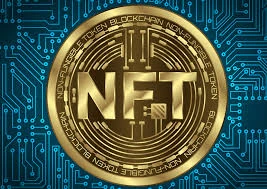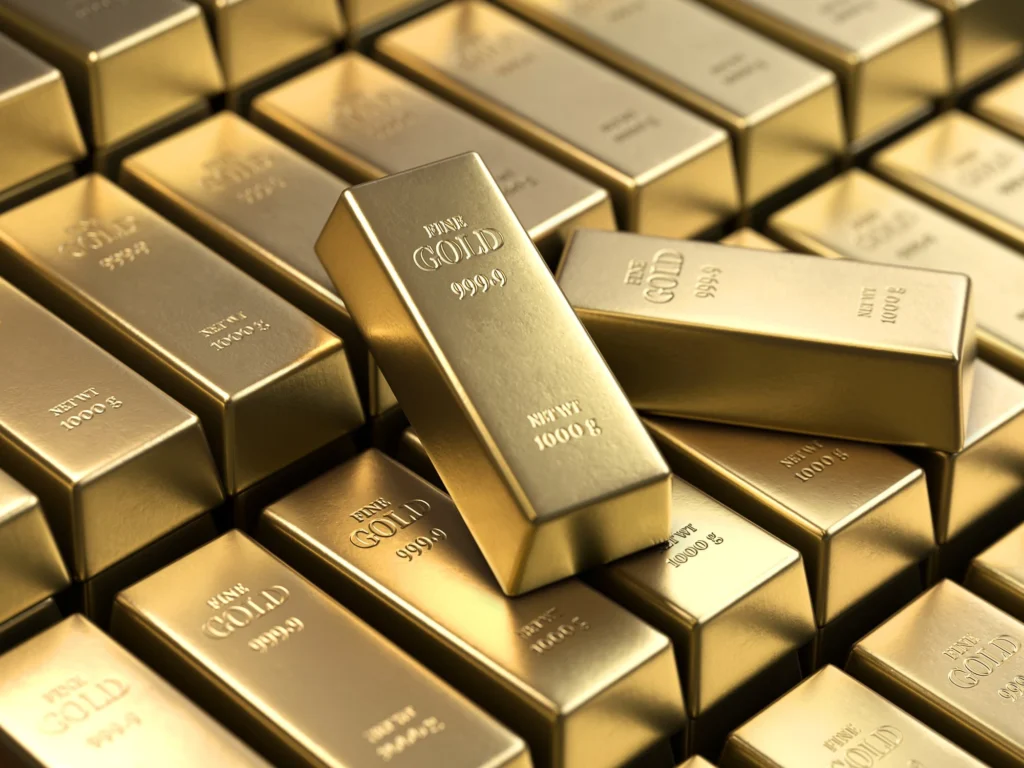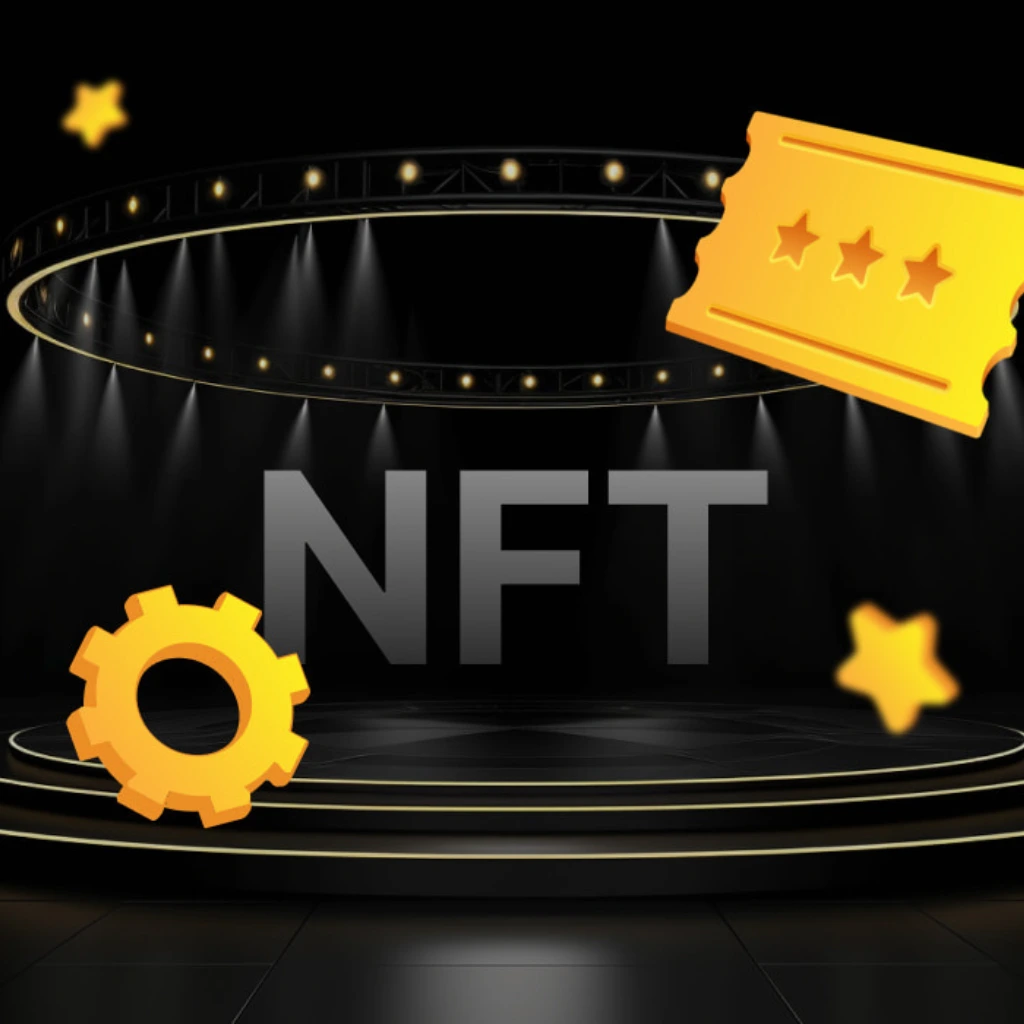RWA vs NFT: A Beginner’s Guide to Understanding the Difference
RWA vs NFT: A Beginner’s Guide to What They Really Mean
If you’re new to the world of blockchain or crypto, it’s easy to get overwhelmed by all the acronyms and techy terms. Two you’ll often hear are RWA and NFT. While they might sound similar or even get used interchangeably, they’re actually very different. This beginner’s guide will show you RWA vs NFT.
This beginner’s guide will walk you through what RWA and NFT really are, how they work, and why understanding the difference matters—especially if you’re thinking about investing or getting involved in the space.


Step 1: What Does RWA and NFT Stand For?
- RWA = Real-World Asset. These are tokens that represent physical things—like real estate, gold, or fine art—on a blockchain.
- NFT = Non-Fungible Token. These are unique digital items—like digital art, music, or in-game assets—that you can own and trade.
So right off the bat, one connects to something physical (RWA), and the other is purely digital (NFT).
Step 2: How Do They Work? (RWA vs NFT)
RWA (Real-World Asset Tokens)
Imagine you could own a small piece of a luxury apartment in New York or a gold bar stored in a vault—even if you can’t afford the whole thing. That’s what RWAs aim to do. They take real assets and “tokenize” them, breaking them into digital shares that live on a blockchain.
So if you buy an RWA token, you’re essentially owning a slice of something real.


NFT (Non-Fungible Token)
Now think of NFTs like digital collectibles. Each one is unique and stored on the blockchain. It could be a cool piece of artwork, a song, a meme, or even a virtual sneaker. When you own an NFT, you have proof that you’re the only one who owns that exact digital item—even if others can view or download it.


Step 3: What’s the Big Difference?
Let’s simplify:
| Feature | RWA | NFT |
|---|---|---|
| Backed by real stuff? | Yes | No |
| Own a unique item? | Not necessarily | Yes |
| Can you resell it? | Yes | Yes |
| Physical or digital? | Physical assets made digital | Digital-only |
| Popular use cases | Investing in real estate, commodities | Art, music, gaming, digital collectibles |
Step 4: Pros and Cons for Beginners
RWA Pros
- Tied to real-world value (like gold or property)
- Easier access to expensive assets through fractional ownership
- Can be more stable than NFTs
RWA Cons
- Legal and regulatory rules can be complex
- Depends on the actual asset’s performance
- Still a growing market—less common for beginners
NFT Pros
- Fun, creative, and community-driven
- Easy to buy/sell on NFT marketplaces
- Great for supporting artists and owning digital items
NFT Cons
- Prices can be unpredictable and based on hype
- No physical backing—value can disappear fast
- Some projects are scams or offer little long-term value
Step 5: So… Which One’s Right for You?
Here’s a simple way to look at it:
- Choose RWA if you want to invest in something real (like real estate or commodities) but in a digital way.
- Choose NFT if you want to collect digital art, support creators, or explore online identity and culture.
You don’t have to pick just one—many people explore both!

Step 6: Final Thoughts – Start with What Makes Sense to You
RWA and NFT are both part of a growing blockchain ecosystem, but they play very different roles. RWAs connect the digital world to real-world assets. NFTs are about owning unique digital content.
If you’re just starting out:
- Take your time to learn
- Research the projects behind the tokens
- And only invest in what you understand and believe in
Whether you’re excited about owning a tokenized slice of a building or a one-of-a-kind piece of digital art, now you know the basics.
Relevant Link : Here




